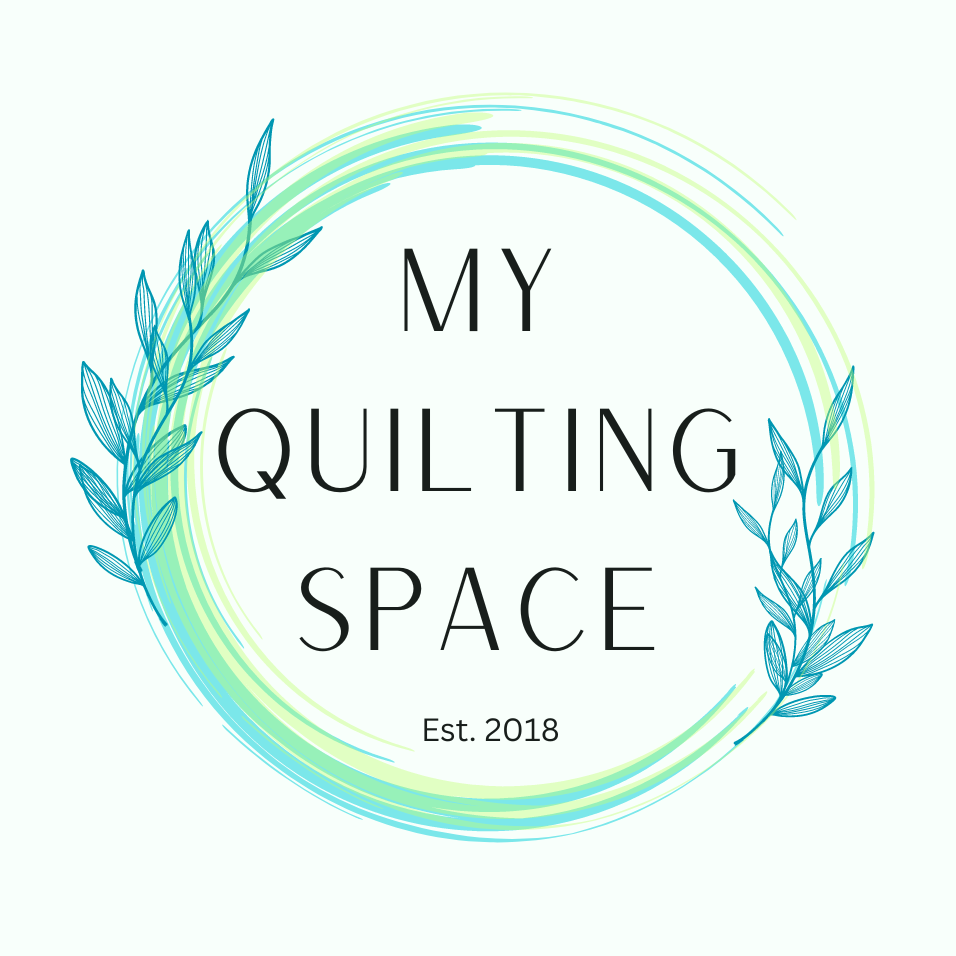This is the third and final step needed to finish the quilt and make it ready to use and thankfully, it doesn’t involve many steps or materials and can be finished in a relatively short amount of time.
Quilting per se is the actual stitching used to secure all three layers so during use and especially washing, the batting inside doesn’t get moved around and bunched up in one corner.
You may have seen “quilts” or blankets where this has happened – the cause may always be apparent but preventing this problem is now much easier.
The secret is using a stitch width to match the batting you are using.
When you walk over to the batting section of a craft or fabric store, like bolts of fabric, what you see can be overwhelming. There are many types made from different materials and each woven with its own unique structure. The denser the weave the farther apart you are able to stitch. A looser weave requires stitches to be closer together.
For example, a typical cotton batting will recommend a stitch width of up to 8″ where a polyester batting will typically recommend the stitches be placed much closer: 2″-5″ apart.
The type of drape or “hand” you want your to quilt to have is another consideration. Since we want our quilt to drape nicely over our shoulders or around our legs and feet we will be using batting that is polyester. A cotton-polyester blend is also a good choice for a first quilt.
Polyester batting is the least expensive, its thicker (has a higher loft) and weighs less than cotton so it keeps you warm without the added weight. Polyester does not shrink, resists mold and mildew, comes in various thicknesses and is overall easier to quilt – especially when doing hand stitching or tying by hand.
NOTE: There are those who avoid synthetic fibers at all costs and prefer cotton – many quilters will use nothing but100% cotton or a nice 80/20 cotton/poly blend (or wool or bamboo). Again – there is no right or wrong batting to use but whatever you choose to read the package label carefully to be sure it delivers the qualities you are looking for and is suitable for the stitching you want to use.
Which brings us to reason you are here! The “quilting” method we are going to use for this quilt is hand tying.
Only four items needed!
1) Quilt that is pieced and top stitched around the entire perimeter
2) Thread – a strong thread i.e., embroidery or crochet thread. Avoid a thread that is too thick to easily pierce all quilt layers. I personally like a pearle cotton thread for hand tying.
3) Sewing needle – needs to have a sharp point but a large enough eye for the strong thread. ( A chenille hand sewing needle sized 16 or 18 is a good choice)
4) Scissors
We used a polyester batting (8 oz weight) in our quilt sandwich so we will be tying (quilting) a knot every 4″ -5″ apart.
The next consideration – what color or colors to use. Our pieced top consists of a series of squares – white and print. Going with one color such as white is perfectly fine. When determining the color of thread to use for machine or hand quilting most quilters prefer to use a thread color that closely matches the fabric – but this is not always the case. Often, a contrasting thread can add a bold visual interest – again, there is no right or wrong way. The color (s) you decide to use will be right color!
On to the nuts and bolts (or needle and thread) of this project
1) Measure off a 22″ – 24″ length of thread and use this to thread your needle.
2) Locate the approximate middle of a square and this point to insert the needle downward through all three layers.
3) Pull the thread through until an approximately 2″ tail is remaining.
4) Now, using the tip of your needle locate a spot about a 1/4″ away from the original spot and bring the needle back up until you feel a slight resistance. This tells you the thread is all the way pulled through but go slow here – you want to make sure the 2″ tail is still visible.
5) Again, insert your needle down through the original spot and come back up.
6) Cut the thread leaving another 2″ tail.
7) Ties the two tails together and you’re done!
Just repeat this for the number of squares you have or the suggested distance apart as indicated on the batting package you used.
One final note
This style of quilting does a very good job holding all the layers of a quilt together but it over the long run it is usually not as secure as a quilt that is stitched by machine. Limit the number of times your hand tied quilt is put through the wash and you will be able to enjoy your new quilt for many years!
